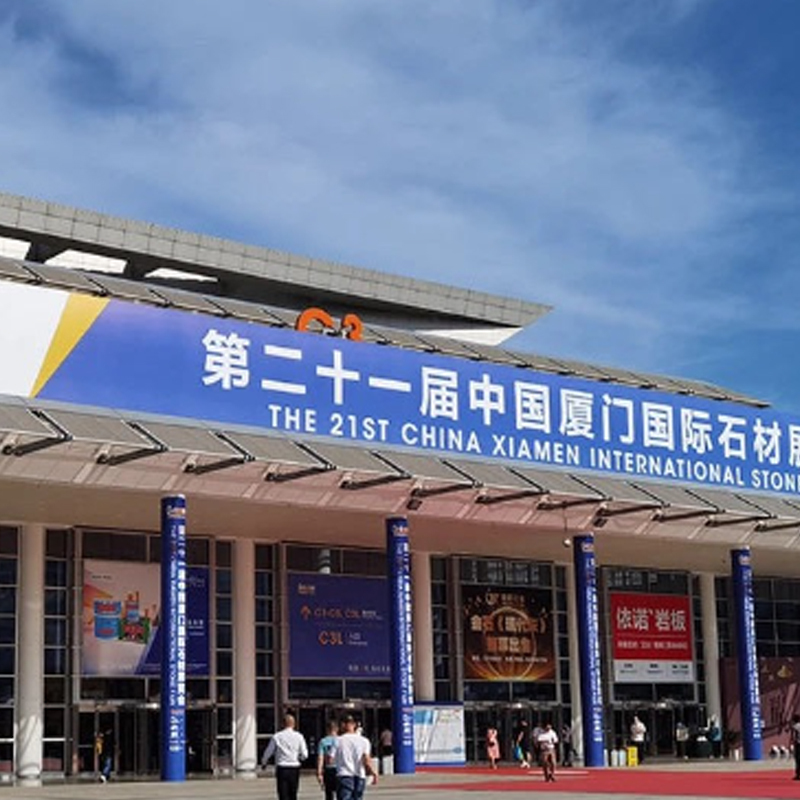In the global manufacturing arena, China continues to maintain its dominant position, outpacing competitors like India. This article delves into the reasons behind China’s manufacturing prowess, exploring key factors such as industrial infrastructure, technological innovation, and supply chain efficiency. Whether you’re a business owner, investor, or simply curious about global economics, understanding China’s manufacturing edge is crucial in today’s interconnected world.
Key Takeaways: China’s Manufacturing Supremacy
- Robust industrial infrastructure
- Cutting-edge technological innovation
- Highly skilled and productive workforce
- Unparalleled supply chain efficiency
- Stringent quality control measures
- Massive production scale
- Favorable export policies
- Cost-effective manufacturing processes
- Specialized industry clusters
- Extensive global market access

Dragon’s Roar in Manufacturing Why China Still Outpaces India (1)
How Has China Built Its Formidable Industrial Infrastructure?
China’s industrial infrastructure is a marvel of modern engineering and economic planning. Decades of economic reforms have transformed the country into a manufacturing powerhouse. The Chinese government has invested heavily in creating sprawling industrial zones, state-of-the-art ports, and an extensive network of highways and railways.
This infrastructure facilitates seamless logistics networks, enabling efficient movement of raw materials and finished products. Moreover, China’s strategic focus on developing manufacturing clusters has created ecosystems where suppliers, manufacturers, and service providers coexist, fostering innovation and efficiency.
“China’s industrial infrastructure is like a well-oiled machine, designed to support manufacturing at an unprecedented scale.”
What Sets China Apart in Technological Innovation?
China’s commitment to technological innovation is evident in its massive R&D investments. The country has been steadily increasing its spending on research and development, with a focus on areas like artificial intelligence, robotics, and advanced manufacturing techniques.
This push for innovation is complemented by a robust system of intellectual property protection, encouraging both domestic and foreign companies to develop cutting-edge technologies in China. The result is a manufacturing sector that’s not just large, but also at the forefront of technological advancement.
| Year | R&D Spending (% of GDP) |
|---|---|
| 2010 | 1.71% |
| 2015 | 2.06% |
| 2020 | 2.40% |
How Does China’s Skilled Workforce Contribute to Its Manufacturing Success?
China’s manufacturing success is built on the foundation of its highly skilled and productive workforce. The country has invested heavily in education and vocational training, producing millions of engineers, technicians, and skilled workers annually. This focus on human capital development has resulted in significant improvements in labor productivity.
Furthermore, China’s workforce is known for its adaptability and willingness to embrace new technologies and manufacturing processes. This combination of skills and flexibility gives Chinese manufacturers a significant edge in an ever-evolving global market.
What Makes China’s Supply Chain Efficiency Unparalleled?
China’s supply chain efficiency is a key factor in its manufacturing dominance. The country has developed intricate networks of suppliers, manufacturers, and distributors, all working in close coordination. This ecosystem is supported by advanced e-commerce integration, allowing for real-time inventory management and rapid order fulfillment.
Moreover, China’s vast raw material availability and its strategic location in Asia contribute to its supply chain prowess. Chinese factories can source materials quickly and cost-effectively, reducing lead times and improving overall efficiency. If you’re looking to leverage this efficient supply chain for your business, consider reaching out to BuyFromChinaDirect for smarter sourcing solutions.
How Does China Maintain Its High Standards of Quality Control?
Quality control is a cornerstone of China’s manufacturing success. The country has implemented stringent quality certifications and standards across various industries. Chinese manufacturers are increasingly adopting international quality management systems and investing in advanced testing and inspection technologies.
This focus on quality is complemented by China’s high automation levels, which reduce human error and ensure consistent product quality. Many Chinese factories now boast state-of-the-art quality control labs and rigorous testing procedures, ensuring that products meet or exceed global standards.
What Factors Enable China’s Massive Production Scale?
China’s ability to manufacture at an enormous scale is a key advantage. The country’s vast landmass and population provide ample space and labor for large-scale production facilities. This is further supported by well-developed industrial infrastructure and efficient logistics networks.
Moreover, China’s manufacturing sector benefits from significant government incentives, including tax breaks and subsidies, which encourage the establishment and expansion of production facilities. This combination of factors allows Chinese manufacturers to achieve economies of scale that are hard to match elsewhere.

How Do China’s Export Policies Foster Global Trade?
China’s export-friendly policies have been instrumental in its manufacturing success. The country has signed numerous trade agreements with nations worldwide, reducing barriers to trade and opening up new markets for Chinese products.
Additionally, China has established special economic zones and free trade areas, offering preferential treatment to export-oriented businesses. These policies, combined with the country’s efficient ports and logistics infrastructure, make it easier and more cost-effective for businesses to export from China. For businesses looking to tap into these advantages, partnering with Chinese factories through services like BuyFromChinaDirect can be a smart move.
What Makes Chinese Manufacturing So Cost-Effective?
Cost-effectiveness remains a significant advantage of Chinese manufacturing. While labor costs have risen in recent years, they remain competitive compared to many developed countries. Moreover, China’s vast market size allows for economies of scale, reducing per-unit production costs.
China also benefits from relatively low energy costs and a well-developed supply chain that minimizes logistics expenses. The country’s manufacturers have also been quick to adopt cost-saving technologies and lean manufacturing practices, further enhancing their cost competitiveness.
How Has China Developed Its Industry Specialization?
China’s manufacturing sector is characterized by high levels of industry specialization. The country has developed numerous manufacturing clusters, where businesses in the same industry concentrate geographically. This specialization allows for the development of deep expertise, shared resources, and efficient supply chains within specific industries.
For example, Shenzhen is known for electronics, Donguan for textiles, and Wenzhou for footwear. This specialization enables Chinese manufacturers to offer high-quality, specialized products at competitive prices. It’s one of the reasons why sourcing from Chinese factories through platforms like us can provide access to specialized expertise across various industries.
What Gives China Its Extensive Global Market Access?
China’s global market access is unparalleled, thanks to its strategic location, extensive trade networks, and strong diplomatic ties. The country’s Belt and Road Initiative has further expanded its reach, connecting China to markets across Asia, Europe, and Africa.
Chinese manufacturers also benefit from the country’s vast domestic market, which provides a strong base for growth and innovation. This combination of domestic strength and global reach gives Chinese companies a unique advantage in understanding and serving diverse market needs.
How Is China Addressing Environmental Concerns in Manufacturing?
In recent years, China has made significant strides in addressing environmental concerns in its manufacturing sector. The country has implemented stricter environmental regulations, pushing manufacturers to adopt cleaner technologies and processes.
China is now a world leader in renewable energy production and has set ambitious targets for reducing carbon emissions. Many Chinese factories are investing in energy-efficient equipment and sustainable practices, not just to comply with regulations but also to meet the growing global demand for environmentally friendly products.
What Role Do Cultural Business Practices Play in China’s Manufacturing Success?
China’s cultural business practices play a significant role in its manufacturing success. The country’s business culture emphasizes long-term relationships, rapid decision-making, and a strong work ethic. These cultural factors contribute to the efficiency and flexibility of Chinese manufacturing.
Moreover, China’s business culture is increasingly global in outlook, with many manufacturers adept at working with international clients and adapting to diverse market needs. This cultural agility is another reason why partnering with Chinese factories can be advantageous for businesses worldwide.

Conclusion: The Dragon’s Roar Continues
China’s manufacturing dominance is the result of a complex interplay of factors, from robust infrastructure and technological innovation to efficient supply chains and favorable policies. While challenges remain, particularly in areas like environmental sustainability and rising costs, China’s manufacturing sector continues to evolve and adapt.
For businesses looking to leverage China’s manufacturing capabilities, the opportunities are immense. Whether it’s accessing specialized expertise, tapping into efficient supply chains, or benefiting from cost-effective production, Chinese factories offer numerous advantages. And with services like BuyFromChinaDirect, navigating the complexities of sourcing from China has never been easier.
As we look to the future, it’s clear that China’s dragon will continue to roar in the global manufacturing landscape, driving innovation, efficiency, and growth for years to come.




























